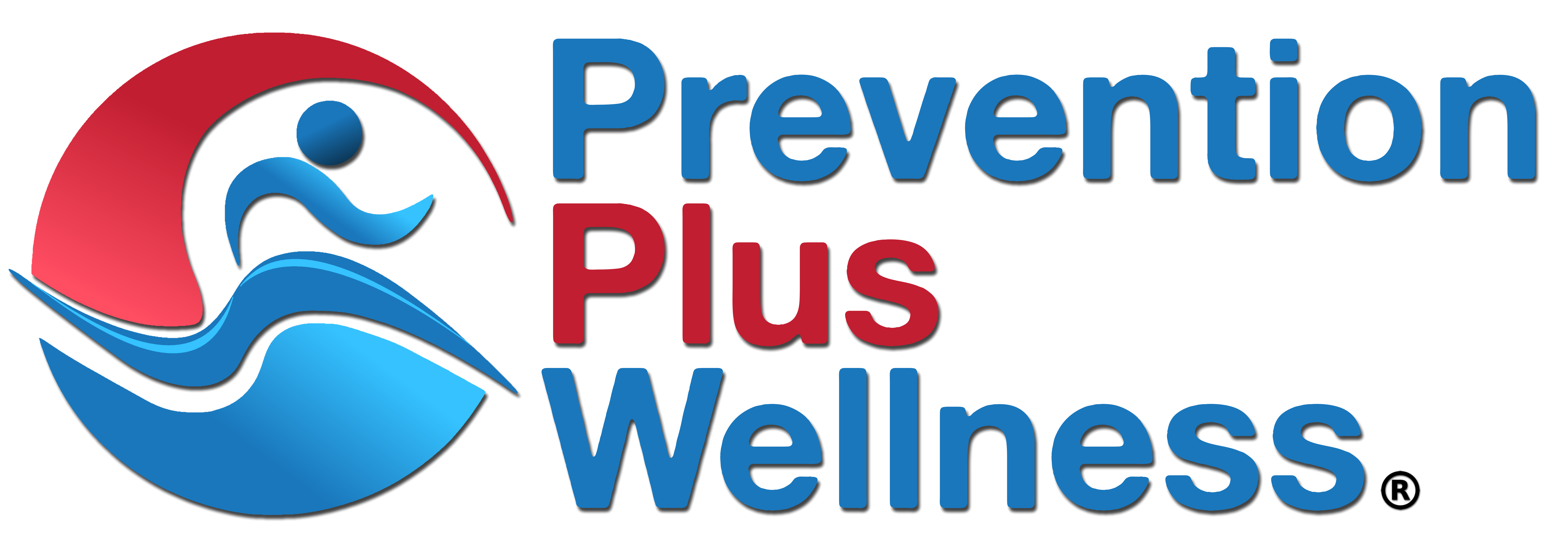This article compares Screening, Brief Intervention and Referral to Treatment (SBIRT) with Prevention Plus Wellness (PPW) interventions in terms of what they are and how they are similar and different.
What is SBIRT?
SBIRT is a comprehensive, integrated, public health approach to the delivery of early intervention and treatment services for persons with substance use disorders, as well as those who are at risk of developing these disorders (https://www.samhsa.gov/sbirt).
SBIRT components include:
- Screening quickly assesses the severity of substance use and identifies the appropriate level of treatment.
- Brief intervention focuses on increasing insight and awareness regarding substance use and motivation toward behavioral change.
- Referral to treatment provides those identified as needing more extensive treatment with access to specialty care.
What is PPW?
PPW is a brief motivational strategy which integrates substance use prevention with healthy behavior promotion for all youth and young adults as well as those at risk for developing substance use disorders (https://preventionpluswellness.com/pages/ppw-logic-model).
PPW components include:
- Screen participants current substance use and healthy behaviors to increase health behavior awareness and allow tailoring feedback messages.
- Provide feedback and positive image messages using a script and PowerPoint slides to integrate behaviors and increase motivation for change.
- Assist participants to set and monitor goals to initiate avoiding substance use and increase healthy behaviors to improve self-efficacy and self-regulation skills.
- Provide follow-up communication strategies to continue goal monitoring and setting and behavior change.
How are SBIRT and PPW Similar?
Both SBIRT and PPW interventions are:
Evidence-based practices screening and brief interventions designed to motivate individuals to avoid risky substance use.
Use screening of participant’s substance use and provide feedback designed to increase motivation to avoid risky substance use.
Are public health approaches designed to reach entire populations of individuals at risk for substance use disorders and provide them with an effective strategy for preventing and reducing risky substance use.
How are SBIRT and PPW Different?
Below is a comparison of how SBIRT and PPW interventions differ.
SBIRT usually targets single substance use behaviors, such as heavy alcohol use or cigarette smoking, while PPW interventions integrate the targeting of substance use and healthy behaviors commonly lacking among youth including physical activity, eating healthy breakfast and other foods, sleep and stress control.
SBIRT uses screening to identify those at risk for substance use problems while PPW uses screening to increase participants’ awareness of their current substance use and healthy behaviors.
SBIRT primarily uses risk-based messages and assumes individuals are ambivalent to behavior change while PPW uses positive image-based content guided by the Behavior-Image Model.
SBIRT provides feedback on personal or normative risk or impairment to those individuals screened as high risk whereas PPW provides feedback on healthy behaviors and their benefits and how substance use harms healthy habits and achieving their outcomes to all participants.
SBIRT provides advice and change options while PPW offers recommendations for each targeted health behavior and involves goal setting to avoid substance use while increasing healthy behaviors.
SBIRT usually consists of an unstructured client-center intervention while PPW involves an easy-to-follow scripted protocol.
SBIRT involves referral of high-risk individuals to treatment whereas PPW recommends using follow-up resources like tracking youth goal monitoring and setting, parent training and media campaigns to reinforce the initial intervention for all participants.
SBIRT is typically provided during teachable moments or opportunistic events to individuals primarily in clinical settings while PPW interventions are offered to individual and groups of young people in school and community settings at any time.
SBIRT results in single-behavior outcomes while PPW programs usually result in multiple health behavior change.
SBIRT is an indicated prevention intervention while PPW is used as a universal, selective and indicated prevention interventions.
In conclusion, both SBIRT and PPW interventions are based on the same evidence-based practices screening and brief intervention format, but with significant differences. Both SBIRT and PPW can be used as public health strategies to prevent youth and young adult substance use problems and, in the case of PPW, can increase healthy behaviors promoting greater mental and physical well-being.

